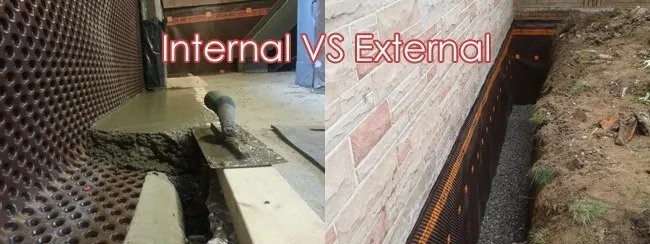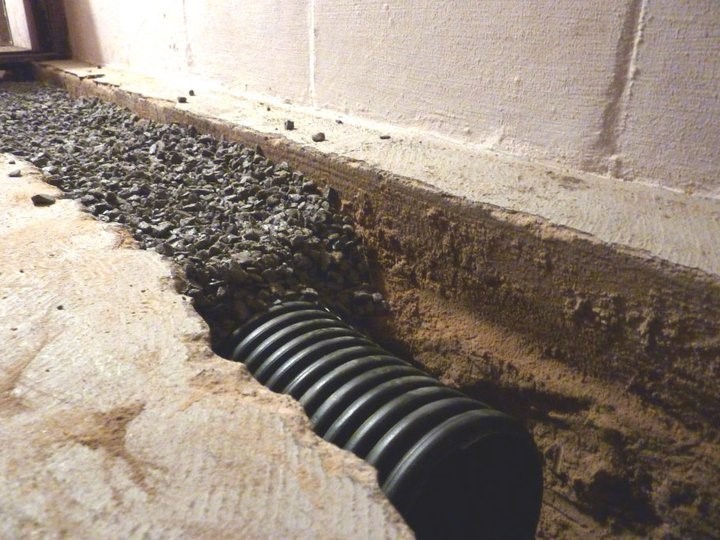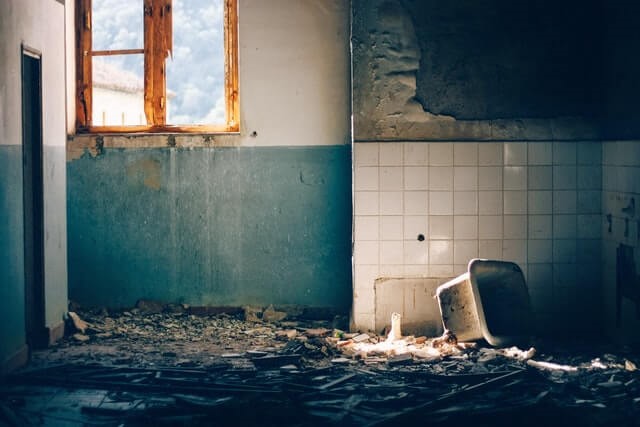
Internal Waterproofing or External Waterproofing Which is more important for homes?
Don’t you get annoyed when you find water leakage around your house? Obviously yes, right? Well, that is exactly where one realizes the significance of waterproofing and more sufficiently said internal waterproofing. As a matter of fact, both internal waterproofing and external waterproofing is necessary for eliminating the frustration that comes along with water leakages. Let’s walk you through what internal and external waterproofing is and the significance each carries!
Internal Waterproofing Vs External Waterproofing
Internal waterproofing is more required because of the water leakages in cervixes and small capillaries that seep through the walls and damage them from within, which is more dangerous. They not only spoil the entire color and furnishing of the wall and make them weak. But such issues can also result in water dripping from ceilings and other areas as well, especially during the monsoons. Besides, these impacts, internal waterproofing can also result in damaging the furniture along with creating a health hazard environment by giving birth to mold and mosses within the living space. It is for this reason that internal waterproofing is more important than external waterproofing.
Under some special circumstances, external waterproofing does the solution, but sometimes, it is just not enough. Hence after homeowners come to know about the terms associated with external waterproofing; for example the amount of extensive excavation required to waterproof the basement from the outside. Then, the majority of homeowners automatically go for internal waterproofing options like an internal drainage system (IDS) to be precise. This process signifies homeowners would have to excavate around the entire perimeter of their home including digging up the landscaping, concrete, and porches to be able to expose the basement walls and then waterproof them using waterproofing construction chemicals.

As messy and invasive as the task sounds, the footing drains that are usually placed in the dirt in the outer periphery of the basement cause clogging and subsequently become useless. The biggest reason that external waterproofing isn’t the best option; is that it only prevents water from getting in from the side and does nothing to prevent the water from seeping up through the basement floor or the floor/wall joints.
When to Choose Internal Waterproofing vs External Waterproofing
As previously discussed, both external and internal waterproofing should be considered, right when you are constructing a new home.
Still, if your house lies in an area more prone to damage due to water leakage like areas of Cherrapungi, which witness extreme rainfall during monsoon season. Then one must opt for internal waterproofing solutions without fail. Whereas, if your house falls in comparative dry/arid regions, then external waterproofing should do the job well. But it is always safer to still do internal waterproofing because the water finds its way even from the smallest of cracks and capillaries to enter the walls.
Also, if your bathrooms and kitchen are having excessive water usage, then it is always advisable to protect them from within by getting the internal waterproofing of the bathroom and kitchen done. So that you may never have to look back and deal with repairs and maintenance on a regular basis. Thus, reflecting the importance of internal waterproofing over external one.

Why Internal Waterproofing is a life saviour?
Even though both internal and external waterproofing is equally important, during the construction of homes, yet, internal waterproofing scores more over external waterproofing for many reasons, let’s take a look at all of them:
- Internal waterproofing helps you save more money in damages caused due to lack of waterproofing
- It can work for internal places with excessive and regular water usage in large volume
- Internal waterproofing helps prevents damage to furniture
- A properly done internal waterproofing can protect your homes from electrical short circuits and electrical fires by protecting electrical wiring and products from water damages
- Internal waterproofing protects the wall from rising dampness and hence is a perfect solution for salt formation
- By preventing the formation of molds and mosses in the living space internal waterproofing can protect you from health hazards caused by adversaries of dampness
These additional advantages brought in by internal waterproofing make the process stand out compared to external waterproofing.
Thus, the statement Healthy Inside, Beautiful Outside!
Note N.B: This entire blog has been developed with the aim to educate users about the importance of internal waterproofing over external waterproofing. However, in no way the blog represents that external waterproofing should be avoided since both are equally important. Hence, if you are facing budget problems to move forward with both types of waterproofing, please contact us at Toll-free- 1800 123 1003, at Sturdflex Waterproofing Solution for a personalized waterproofing approach within your budget.
